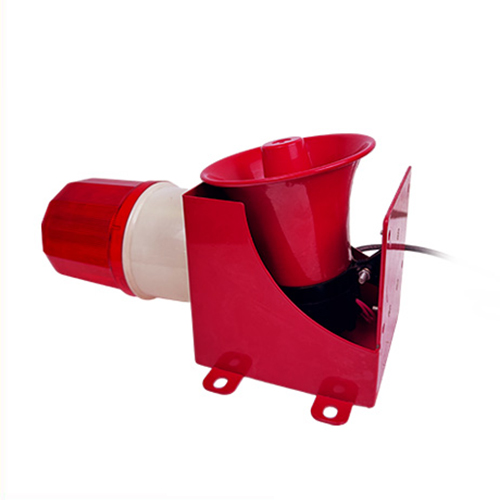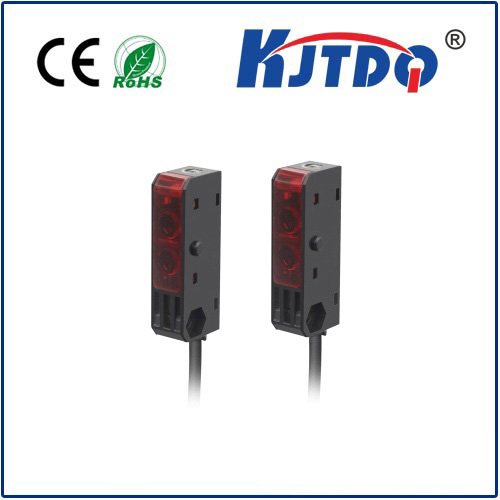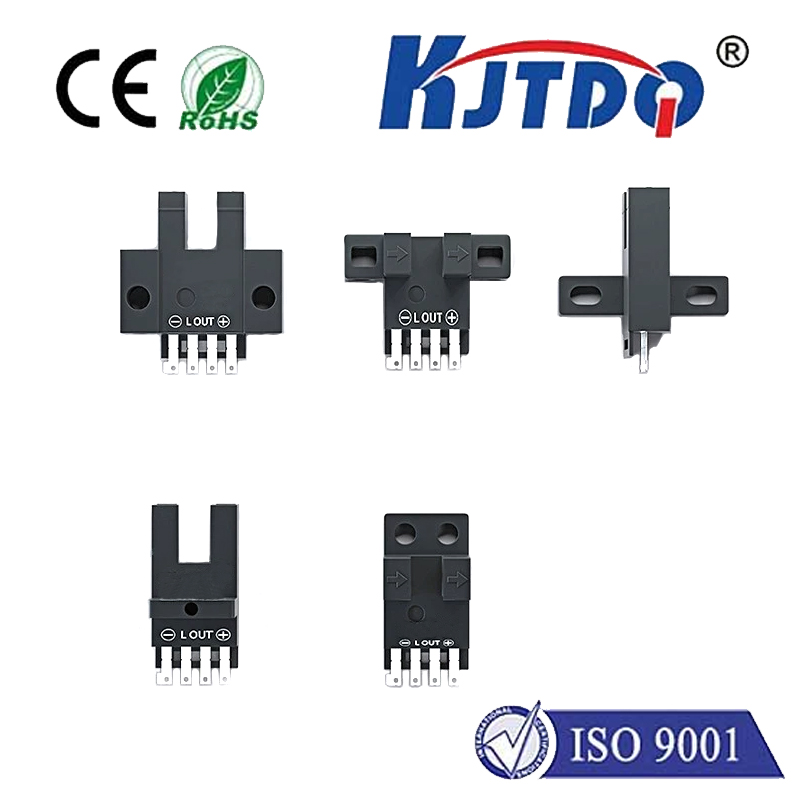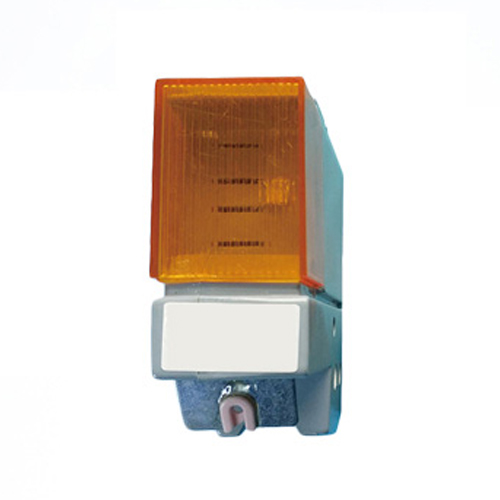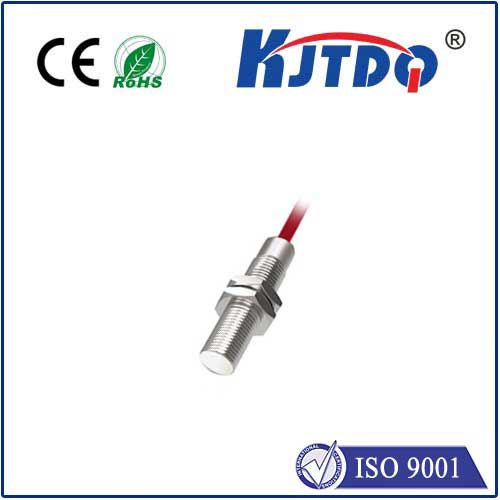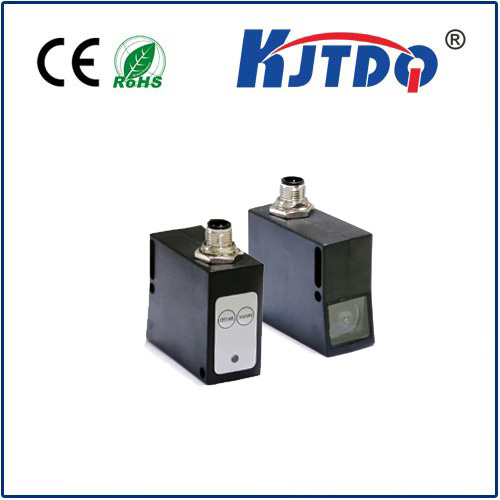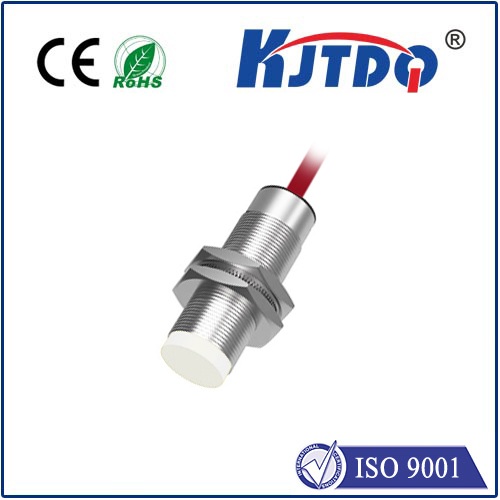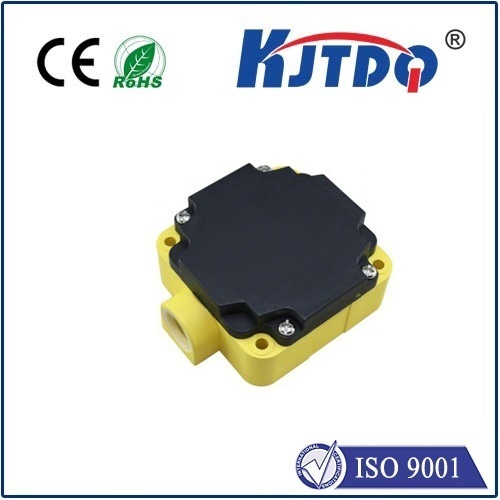laser break sensor
- time:2025-08-29 01:35:23
- Click:0
Laser Break Sensors: The Unseen Guardians of Precision and Security
Imagine a critical manufacturing line grinding to a sudden halt. Thousands of dollars in product is jammed or damaged. Or picture a high-security perimeter where an intruder slips through unnoticed. Often, the silent hero (or the missing piece) preventing such costly failures is a technology operating at the speed of light: the laser break sensor. These remarkable devices, fundamental to modern automation and safety, act as invisible tripwires, detecting interruptions in a laser beam to trigger actions with unparalleled speed and reliability. Understanding how they work, where they excel, and how to choose the right one is essential for engineers, designers, and security professionals.
The Core Principle: Interrupted Light, Instantaneous Action
At its heart, a laser break sensor operates on a beautifully simple yet powerful concept. It consists of two primary, physically separate components:
- Emitter: This unit projects a highly focused, coherent beam of laser light. The laser source provides intensity, directionality, and a narrow beam profile, crucial for precision detection over distances.
- Receiver (Detector): Positioned directly opposite the emitter, this component is designed to detect the specific wavelength of light emitted by its partner. Its sole job is to monitor the intensity of the incoming light beam.
The magic happens when an object passes between the emitter and receiver. This object breaks the laser beam path. The receiver immediately detects this drop in light intensity, which constitutes the break event. This detection triggers a near-instantaneous electronic signal – typically switching the sensor’s output state (e.g., from ‘ON’ to ‘OFF’ or vice-versa, depending on configuration). This signal is the crucial input sent to a control system (like a PLC - Programmable Logic Controller), initiating a pre-programmed response: stopping a conveyor, sounding an alarm, counting an object, or activating a safety interlock.
Why Laser Break Sensors Reign Supreme: Key Advantages

Their popularity across diverse sectors stems from significant benefits:
- Unmatched Speed and Precision: Laser light travels extremely fast, and the detection of a beam interruption is virtually instantaneous. This high speed is critical for applications needing rapid response, like detecting very small or fast-moving objects on a production line.
- Long Sensing Distances: Compared to other types of photoelectric sensors (like diffuse reflective), laser break sensors can reliably operate over much greater distances – often meters or even tens of meters – without compromising accuracy. The focused beam minimizes dispersion.
- High Resolution and Accuracy: The narrow, intense laser beam allows for the detection of extremely small objects or precise position verification, making them ideal for high-precision manufacturing tasks.
- Immunity to Object Characteristics: Unlike sensors relying on reflectivity or color contrast (common limitations of diffuse sensors), laser break detection works independently of the object’s surface finish, color, or material (as long as it’s opaque enough to block the beam). This provides remarkable reliability.
- Environmental Robustness: Many models are designed to withstand challenging industrial environments, featuring resistance to dust, mild vibration, and ambient light interference (especially with modulated beams). Robust housing materials further enhance durability.
Where the Beam Breaks Matter: Diverse Applications
The unique capabilities of laser break sensors make them indispensable in numerous fields:
- Industrial Automation & Manufacturing:
- Object Detection & Counting: Verifying presence/absence of components on a conveyor, counting bottles, boxes, or parts.
- Position Verification: Ensuring parts are correctly seated in fixtures before machining.
- Web Break Detection: Monitoring continuous materials (paper, film, foil) for tears or breaks triggering immediate machine stoppage.
- Small Part Detection: Locating tiny electronic components, pharmaceutical pills, or fasteners.
- Safety Interlocks: Creating light curtains around hazardous machine areas (like robotic arms) to stop operation when breached.
- Security & Access Control:
- Perimeter Intrusion Detection: Creating invisible barriers around sensitive areas (fences, windows, building perimeters). Breaking the beam triggers alarms.
- Door/Window Entry Detection: Monitoring unauthorized openings.
- People Counting: Tracking entry/exit through doorways.
- Packaging & Logistics:
- Filling Level Control: Detecting the presence of items in packaging to control filling mechanisms.
- Conveyor Jam Prevention: Detecting pile-ups or misaligned packages before they cause major blockages.
- Barcode Scanner Activation: Triggering a barcode scanner only when an item reaches the correct position.
- Vehicles & Transportation:
- Vehicle Counting: Monitoring traffic flow on roads or through toll booths.
- Automated Gate Control: Detecting vehicle presence to open/close gates safely.
Choosing the Right Laser Break Sensor: Key Considerations
Selecting the optimal sensor requires careful evaluation of your application’s demands:
- Sensing Distance: How far apart can the emitter and receiver be mounted? Choose a sensor rated for at least the required distance, ideally with some margin.
- Beam Spot Size & Resolution: How small an object needs to be reliably detected? Smaller beam spots enable higher resolution but can be trickier to align over long distances.
- Response Time: How quickly must the sensor react to a beam break? Demanding, high-speed applications require the fastest response times.
- Environmental Factors: What are the ambient conditions? Consider temperature extremes, humidity, dust, dirt, vibration, and potential interference from ambient light or other lasers. Look for appropriate IP (Ingress Protection) ratings.
- Output Type & Compatibility: What signal does your control system require (NPN, PNP, relay, analog)? Ensure the sensor’s output matches the input requirements of your PLC or controller. Voltage compatibility is also critical.
- Mounting & Alignment: Physical constraints matter. Can you easily mount and precisely align the emitter and receiver? Alignment aids (like visible red pilot beams instead of invisible IR lasers) can be invaluable.
- Power Requirements: Ensure the sensor’s voltage and current needs match your power supply capabilities.
Beyond the Beam: Ensuring Peak Performance
Successfully deploying laser break sensors hinges on correct installation and maintenance:
- Precise Alignment: This is paramount. Misalignment leads to unreliable detection or complete failure. Use alignment tools provided by the manufacturer meticulously. Brackets or mounting fixtures designed for your specific sensor model significantly ease this process.
- Minimizing Interference: Avoid mounting near strong sources of light that match the sensor’s wavelength (unless using modulated beams). Protect lenses from excessive dust accumulation or splashes using air jets if necessary.
- Regular Checks: Periodically verify operation and clean lenses with appropriate materials to maintain sensitivity. Ensure mounting remains secure against vibration or accidental knocks.
The Essential Invisible Sentinel
From the relentless pace of an automated assembly line to the quiet vigilance guarding a secure perimeter, laser break sensors operate silently and efficiently. Their ability to detect beam interruption at lightning speed, over considerable distances, and with exceptional precision makes them an irreplaceable tool in the engineer’s arsenal. By understanding their fundamental operation, recognizing their significant advantages, thoughtfully selecting the right model, and ensuring proper setup and






